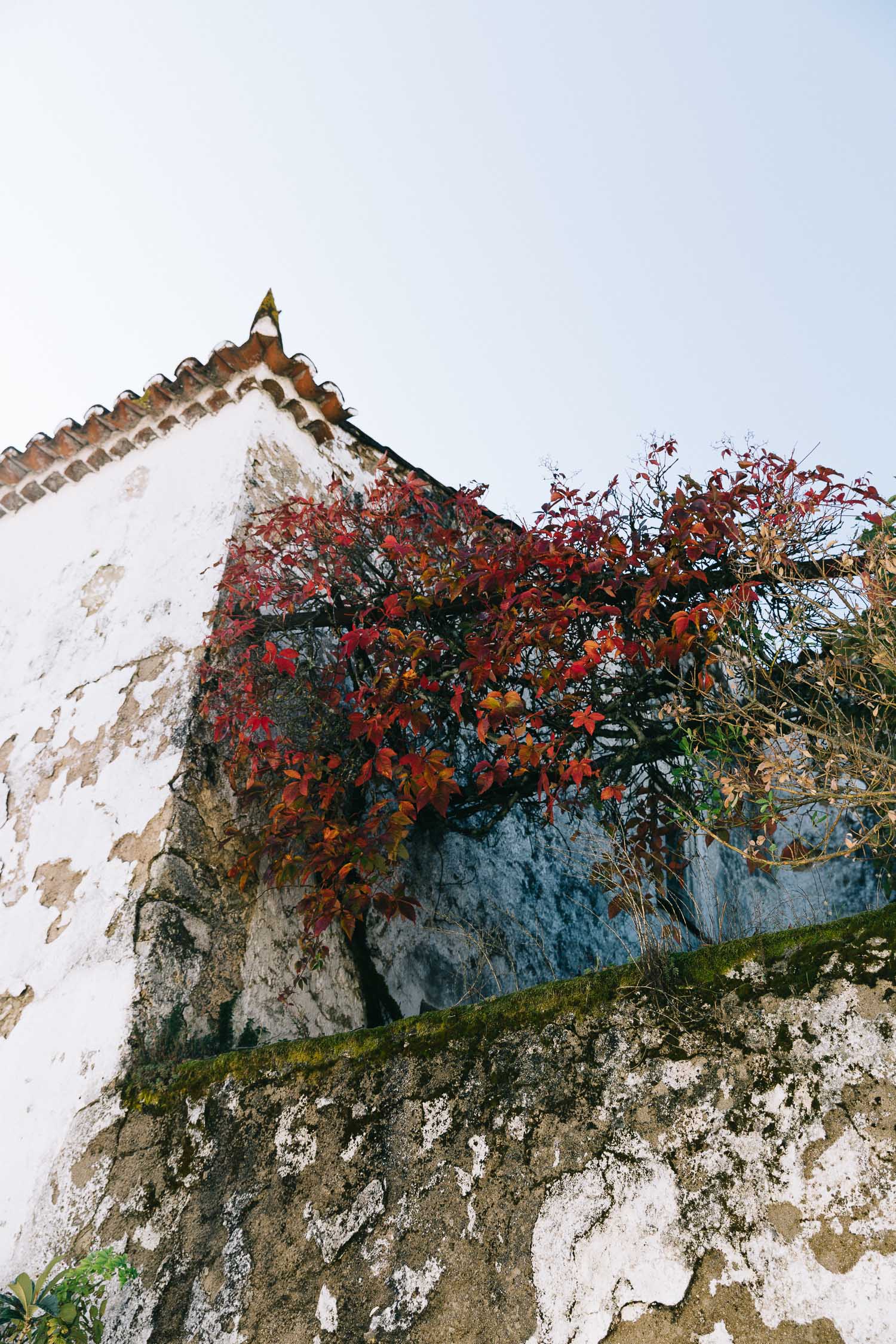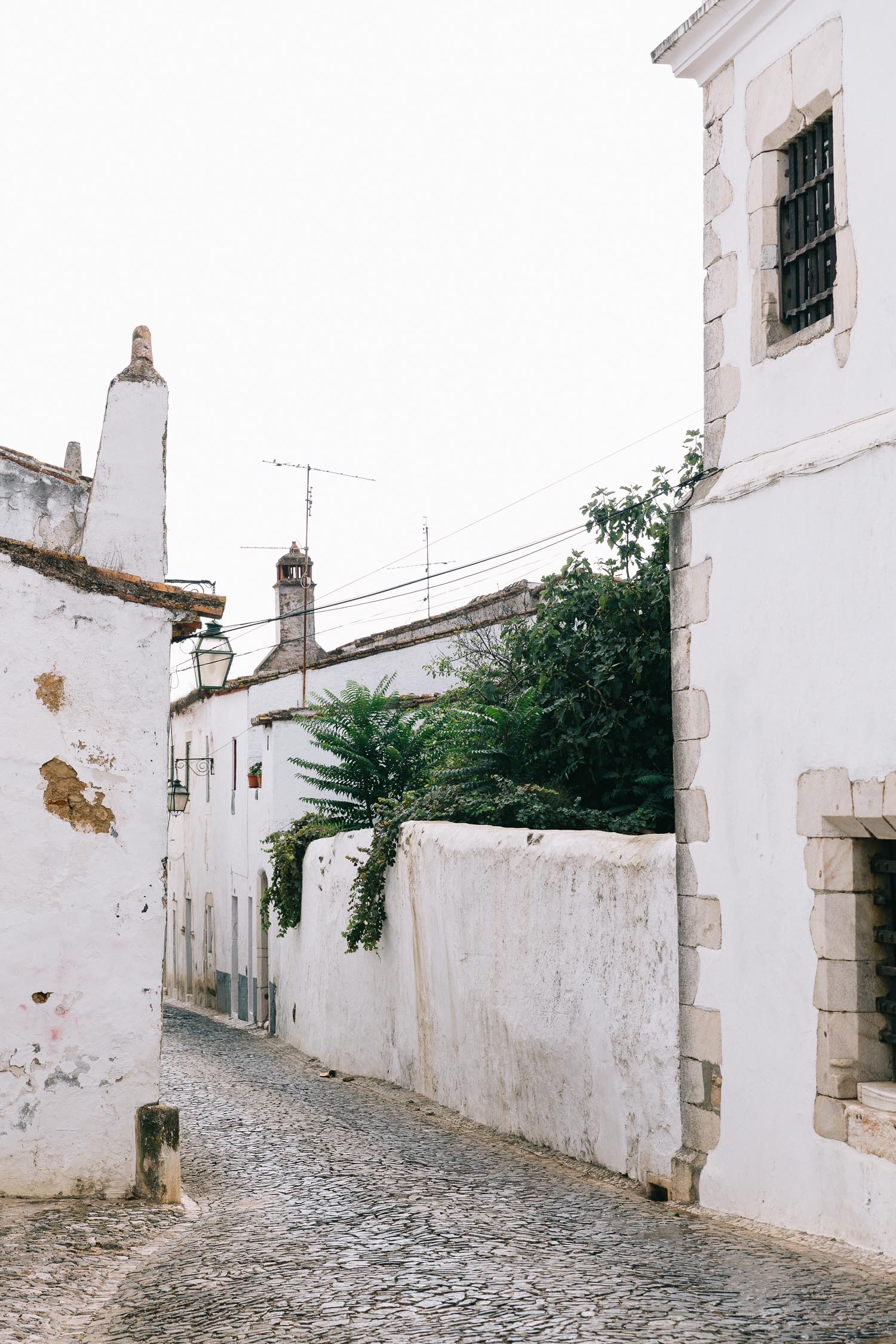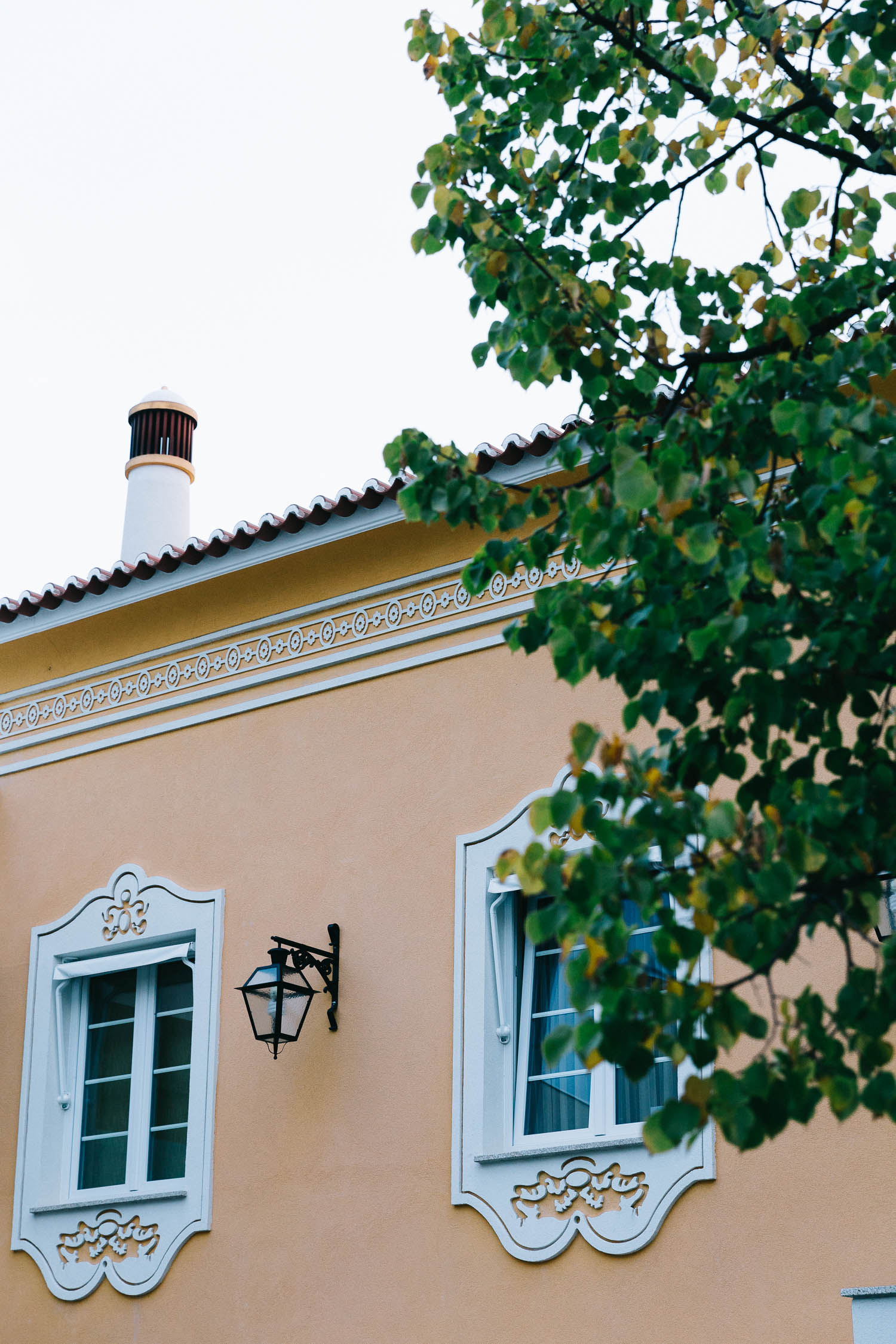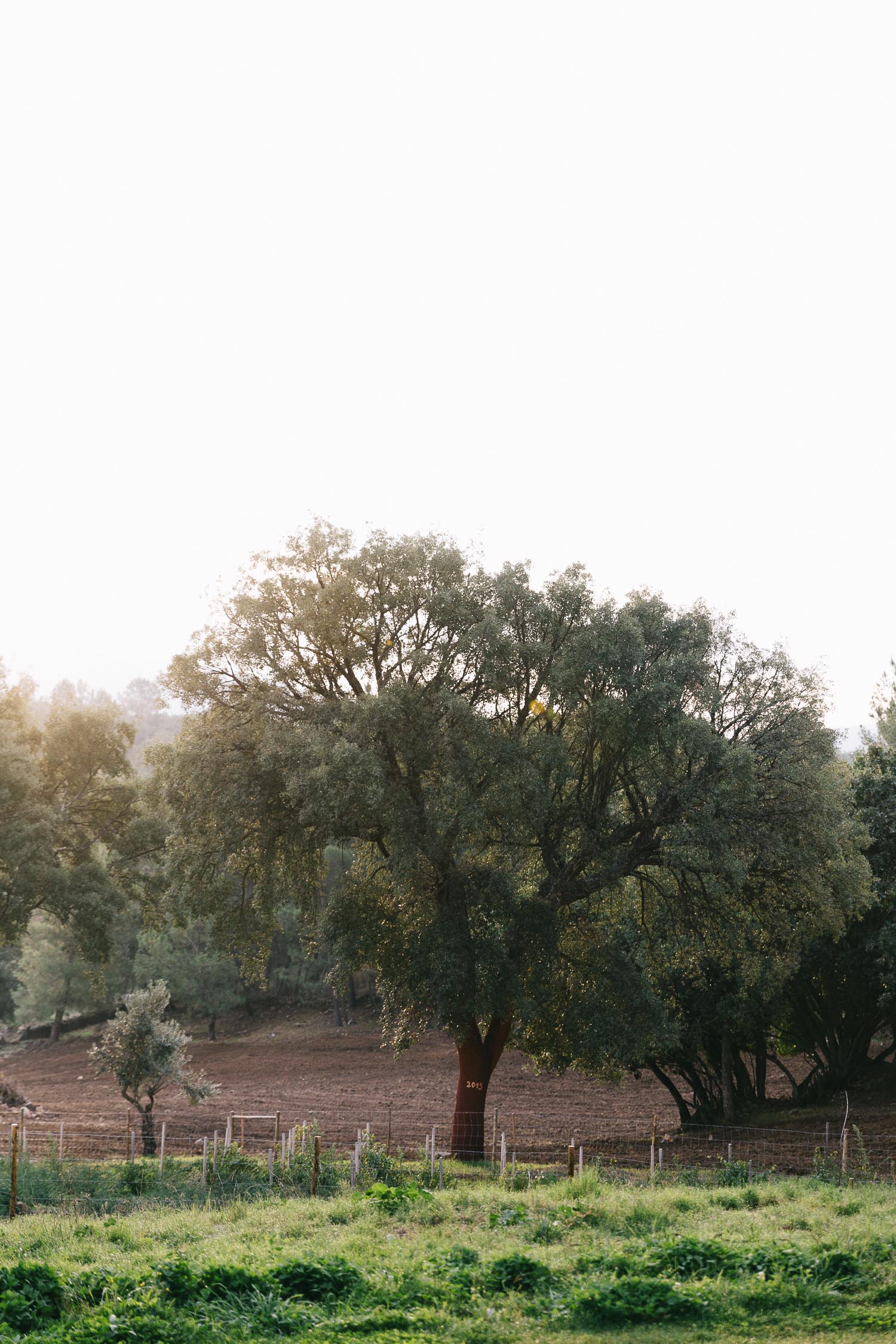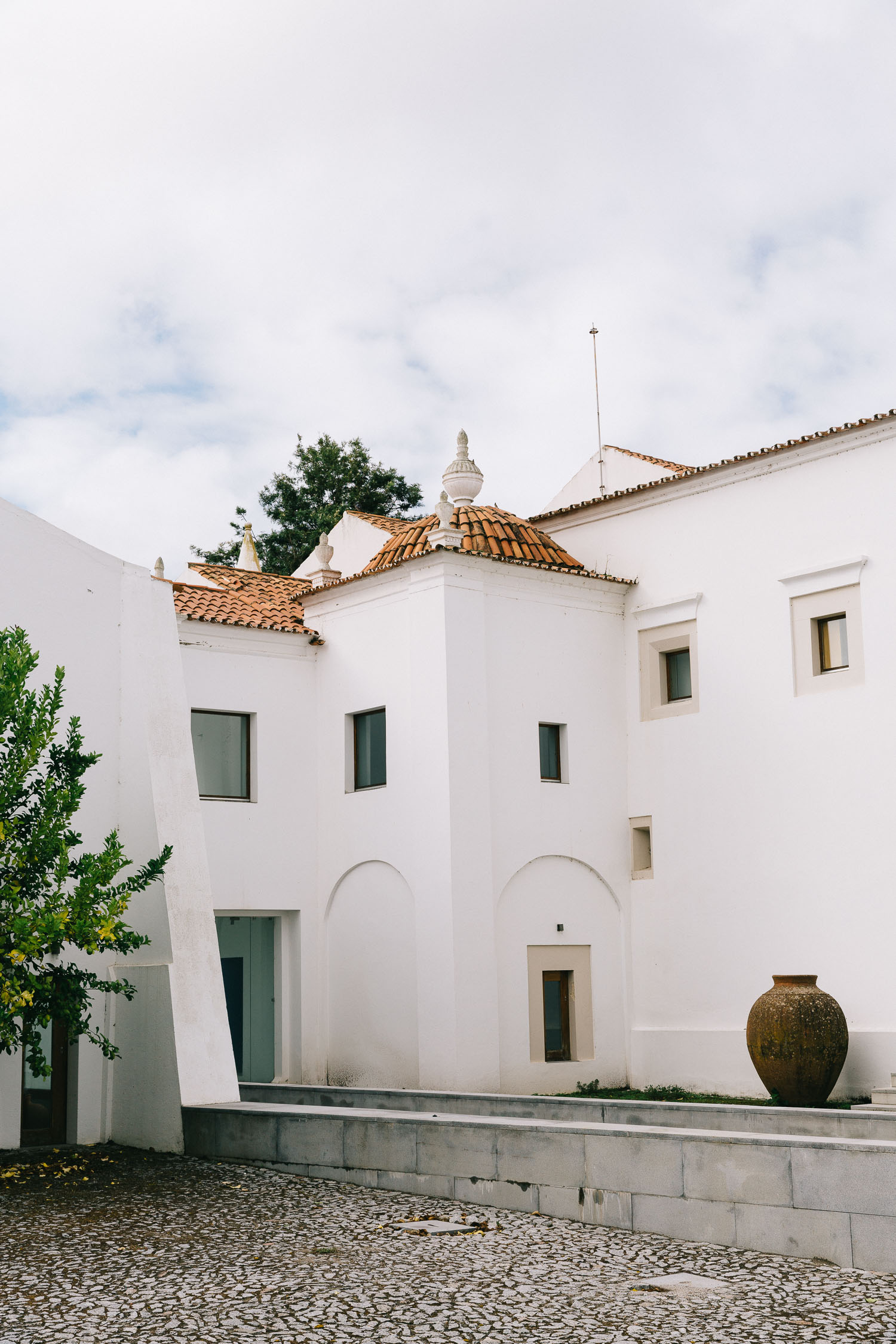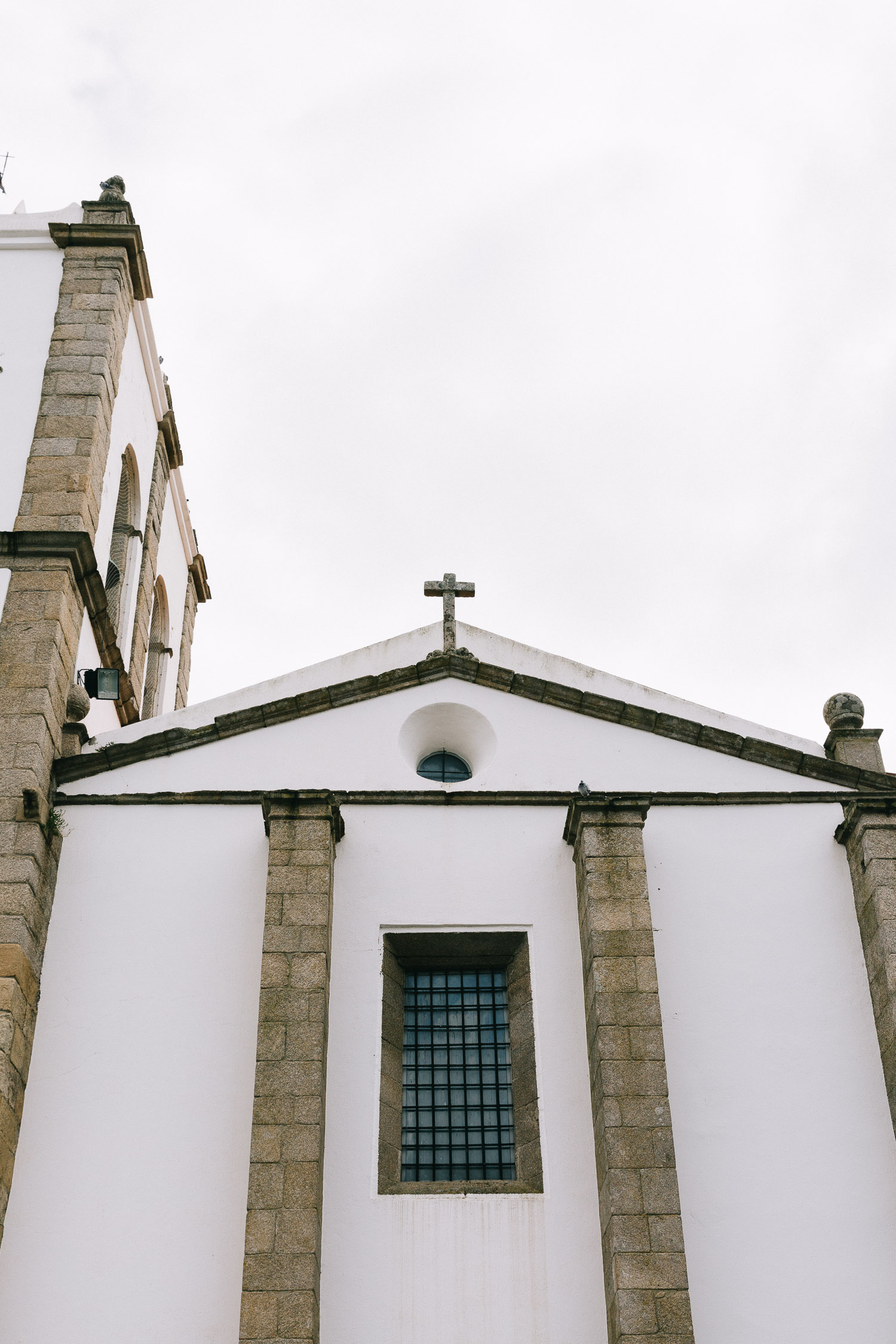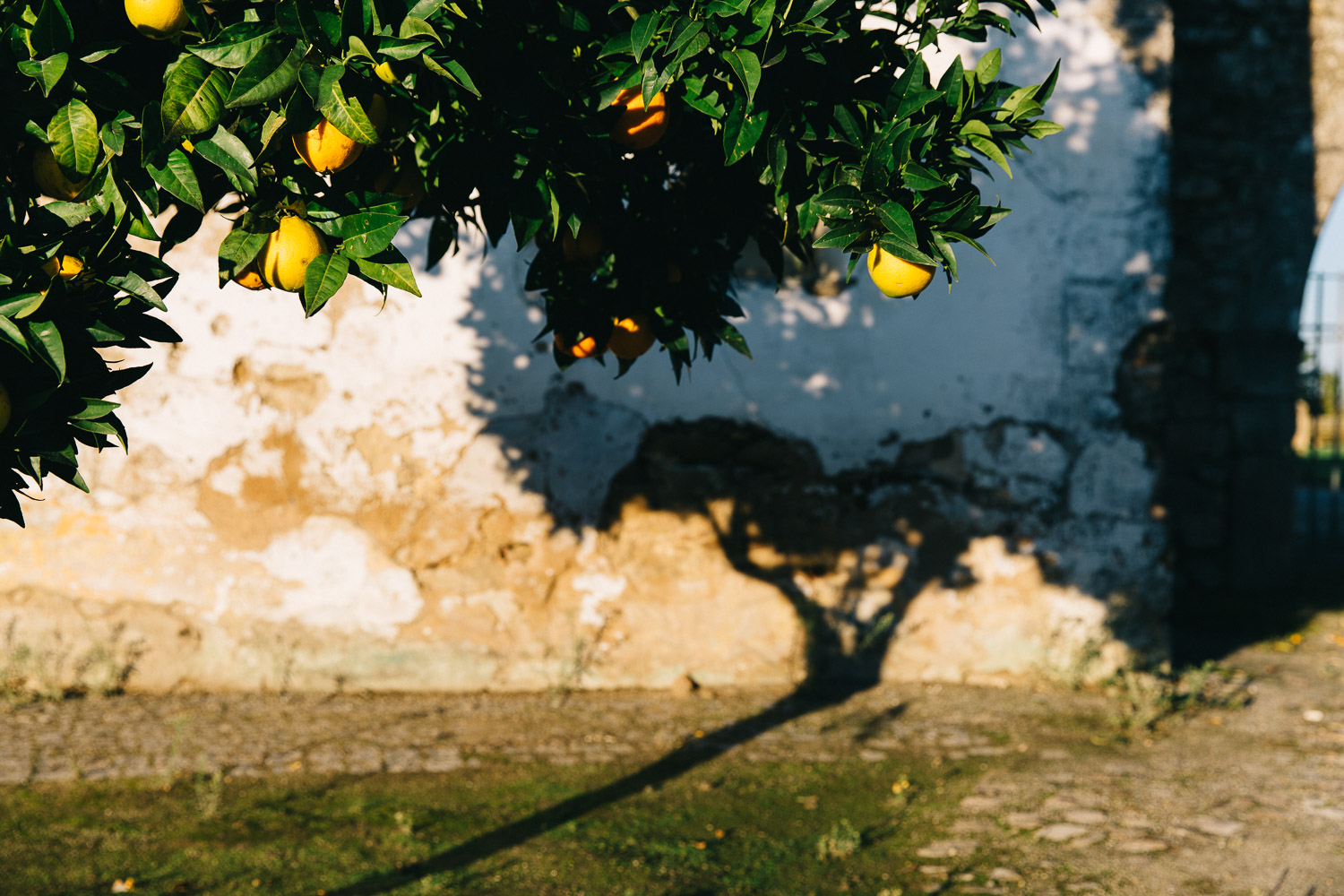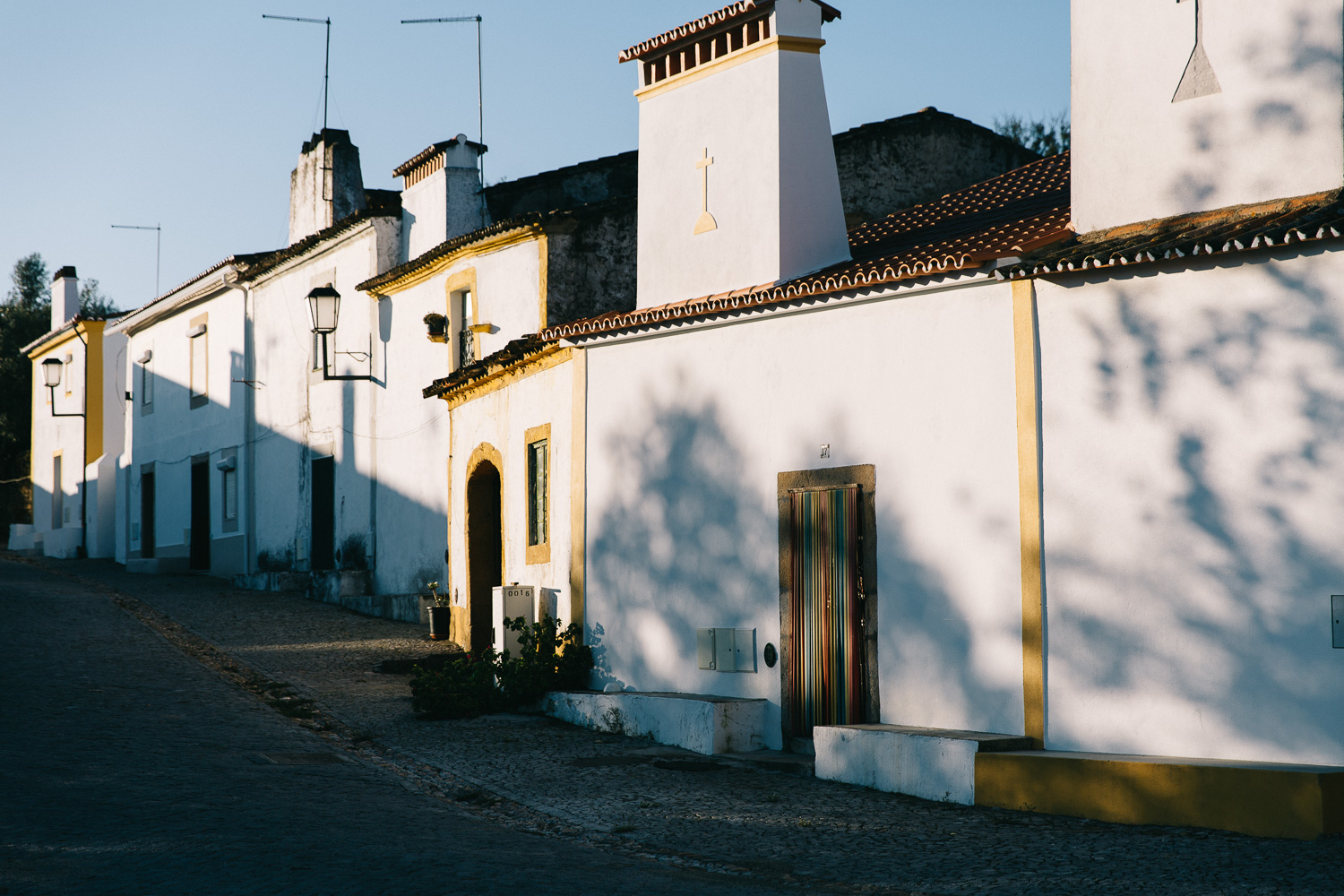Alentejo X On a hazy morning | deel één
Vorige week kreeg ik de mogelijkheid om Alentejo te bezoeken, een erg grote regio ten oosten van Lisabon. Het gebied grenst aan Beira Baixa in het noorden, Spanje in het oosten en de Algarve in het zuiden. Alentejo geeft ook een kusttreek aan de Atlantische Oceaan en is een van de meest dunbevolkte gebieden van Portugal.
Ik heb tijdens deze reis het binnenland van de regio bezocht, een gebied met veel historie en prachtige plaatsjes omringd door lege vlakten, heuvels en bergen met kurk, eik, olijfbomen en wijngaarden. Het is een rustig gebied met erg vriendelijke inwoners, ingesteld op kleinschalig toerisme. Een interessante ontwikkeling is dat er op dit moment veel jongeren vanuit Lissabon en andere grote steden verhuizen naar het rustige, landelijke Alentejo. Een trend die je nu veel ziet in verschillende landen.
Als vegetariër was ik erg benieuwd naar de mogelijkheden, maar het eten was fantastisch en divers (veel groenten, kazen, pasta, aardappel, brood, salades en fantastische olijfolie en wijnen uit de streek). Alentejo heeft een droog klimaat en het kan erg heet worden in de zomer. De beste tijd om het gebied te bezoeken is het voor- of najaar. Tijdens mijn bezoek was het gemiddeld 24 graden, een perfecte temperatuur voor een road trip!
De reis was een interessante combinatie van cultuur, natuur, dorpjes en kleine steden. Tijdens het rijden door het landschap heb ik genoten van het uitzicht over de velden en heuvels. Erg interessant om zoveel kurkbomen bij elkaar te zien. Ongeveer een derde van alle kurkbomen groeit in Portugal (voornamelijk in Alentejo) en het is het belangrijkste gebied ter wereld waar kurk groeit. Leuk om te zien waar de kurk uit je fles wijn vandaag komt! Wist je dat het 9 jaar duurt voordat de kurk opnieuw volgroeid is nadat het is verwijderd van de boomstam?
De volgende post over Alentejo gaat in op de plaatsen en hotels die ik heb bezocht!
Bedankt Visit Portugal, Visit Alentejo en TAP Portugal voor de uitnodiging om deze mooie en interessante reis te maken! Je kan meer informatie over Portugal en Alentejo vinden via:
http://www.visitalentejo.pt/en/
www.visitportugal.com
Op onze Instagram @onahazymorning kan je via #alentejoXonahazymorning meer foto's bekijken!
Je kan meer over mijn reis lezen in de tweede post!
Andres





